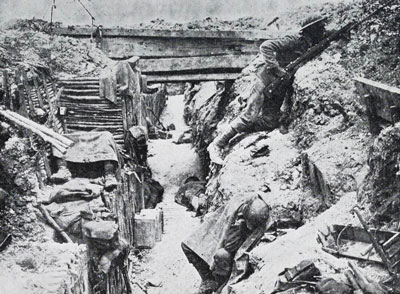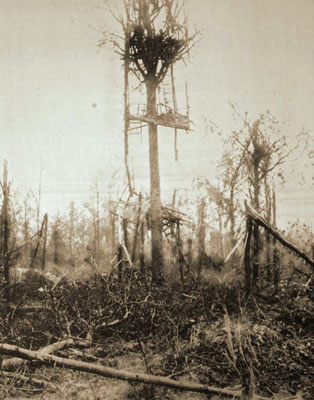
WWII: Maginot Line | Normandy | V-Weapon Sites | Arnhem
Further afield: Crete
| Home Tracing Military Ancestors Travel Advice CWGC Cemeteries Iron Harvest News Book Reviews Glossary Links Contact Me The Somme:
 
|
The Offensive ContinuesIncredibly, despite the carnage, Haig judged the results of the first day to be encouraging! To be fair to Haig and Rawlinson, communications from the lower echelons to higher command were so poor and casualties on a scale so unprecedented that it was some days before the true picture began to emerge. And yet there could be no question of calling off the offensive – Verdun was still in peril and the British had made a commitment at Chantilly to continue the offensive, come what may.
Joffre pressed for a continuation of the attacks in the north to take Thiepval and Pozières but Haig, well aware that his shattered formations north of the Albert-Bapaume road were in no position to attack until reserves were brought forward, suggested more could be gained by exploiting the gains in the south. He believed that if the German second line here was overrun a "back-door" would be opened into the Pozières and Thiepval positions which commanded the entire ridge line north of the road. And so the attacks continued, limited in their objectives this time, to put the British in a position to launch a further assault in the southern sector against the German second line for mid-July. These attacks took place in the woods that dotted the front behind Fricourt and Montauban against an enemy ordered to contest every scrap of ground. A series of chaotic and bitter encounters ensued as the British tried to push through Mametz, Caterpillar, Bernafay and Trônes Wood against stiff opposition. By 13th July, the British had suffered a further 25,000 casualties, but the woods were now in their hands as were the villages of Ovillers, La Boisselle and Contalmaison and good jumping-off positions secured for the mid-July offensive. These series of attacks also had another direct result – on 11 July, Falkenhayn, Chief of the German Imperial Staff, called off further attacks on Verdun and put the German army there on a defensive footing. From now on the Somme front was seen as the point of greatest danger and significant reinforcements of men and guns began to arrive in Picardy.
|

